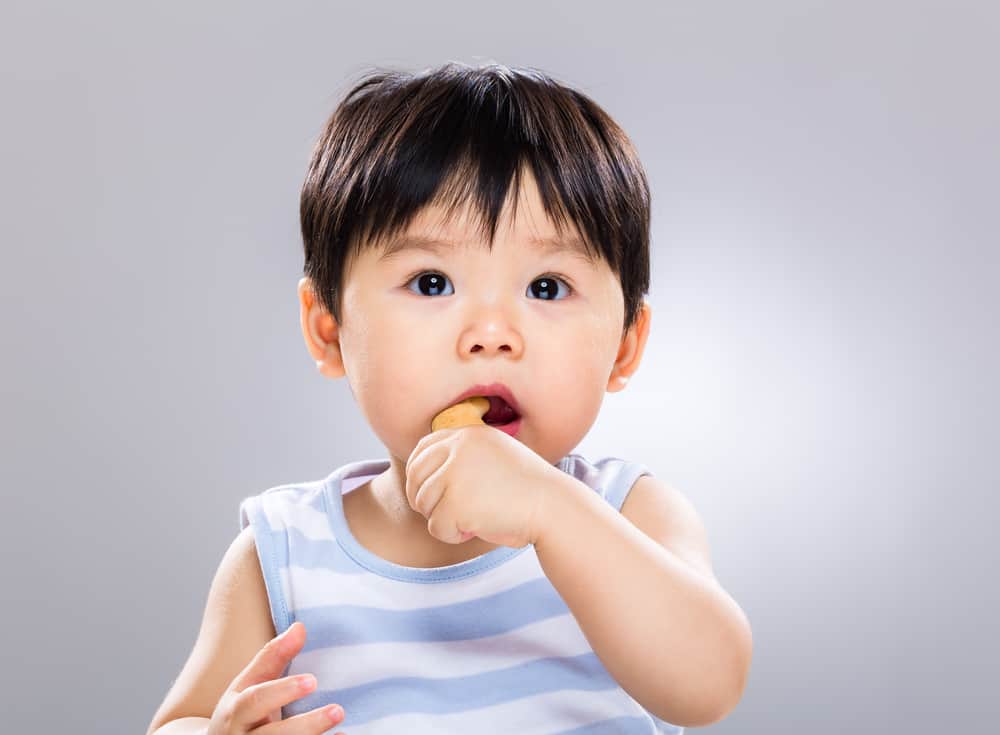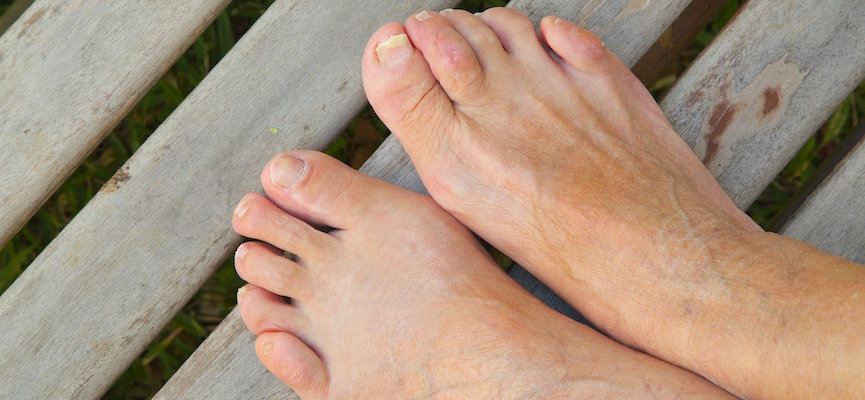Contents:
- Medical Video: BABY LED WEANING (BLW) Progression: 6-10 Months!
- Overview of baby led weaning (BLW)
- Not all babies can be BLW
- Choose what's best for you and your baby
Medical Video: BABY LED WEANING (BLW) Progression: 6-10 Months!
Thanks to the influence of social media, baby led weaning (BLW) is increasingly rising as a method of training children to start eating alone. BLW is good for stimulating children's motor development, but not all children can and can be trained with this method. Certain conditions prohibit babies from being BLW. Anything?
Overview of baby led weaning (BLW)
Baby led weaning is one way to provide solid foods complementary to breast milk to babies by letting your child eat on their own according to their needs and desires.Some studies have found that this method is a good way for babies to manage their own food intake. However, this method must be done correctly. If not, the risk of choking and malnourished children will be greater so that in the end it endangers their health.
If you want to apply this method, experts recommend that when the baby is 6 months old. Another requirement for babies can be BLW is when your child can sit alone, has muscles around the neck that are strong, able to hold and put food into the mouth, and chew. Even so, many of the above factors are basically not permanent benchmarks to determine whether babies can be BLW or not. Because the development of each baby is different.
You should consult your pediatrician directly before starting to apply this method. Especially if your child has special health conditions that need medical attention.
Not all babies can be BLW
Even though the child has entered the age of 6 months and has shown good motor skills (see point above), not all babies can be BLW. The following is a list of conditions that prohibit children from being trained with BLW.
- Premature babies, who are born at 36 weeks or less.
- Low-weight babies.
- Babies who experience developmental delays.
- Babies with special needs who cannot chew well or have difficulty taking food and moving it to their mouth.
- Babies who have a family history of allergies, digestive problems, or food intolerance.
- Babies who have hypotonia, a condition characterized by muscle weakness. For example, your baby keeps opening his mouth, sticking out his tongue, and continuing to drool (excessive saliva production without being able to be controlled)
- Baby cleft lip.
Choose what's best for you and your baby
BLW is the right choice to provide complementary food for breast milk for babies. But remember, BLW is not the only way. As a mother, your goal is to offer various types of healthy foods that help children switch to solid food. How, this depends on you and the child's readiness.
Before doing this method, it requires adequate preparation and knowledge so as not to endanger the little one. Look for as much information as possible about the BLW method at various sources.
In essence, do whatever is good and right for your baby. If necessary, consult a doctor to determine strategies for providing complementary foods for children.












